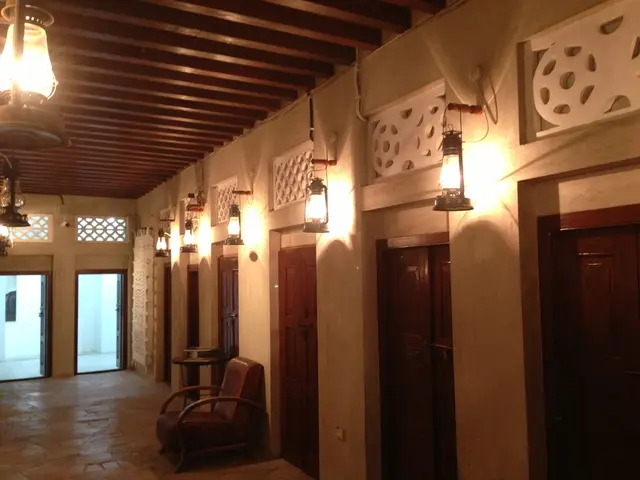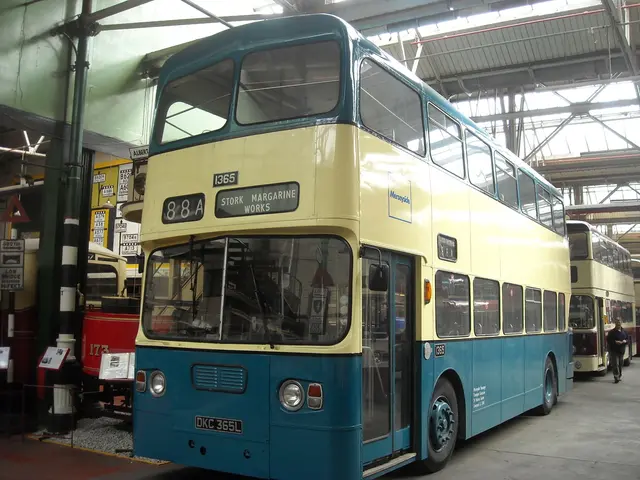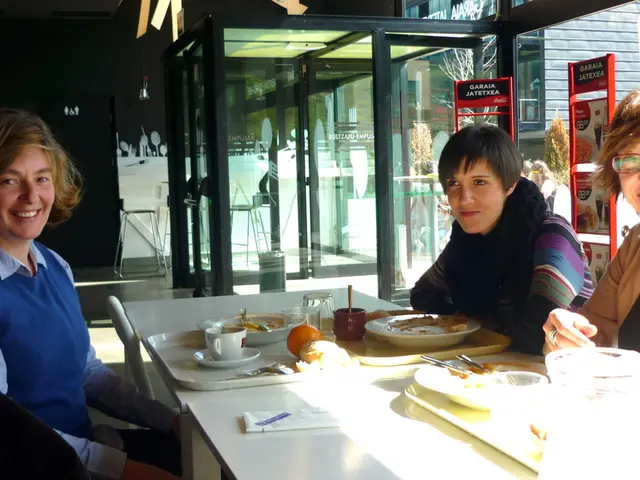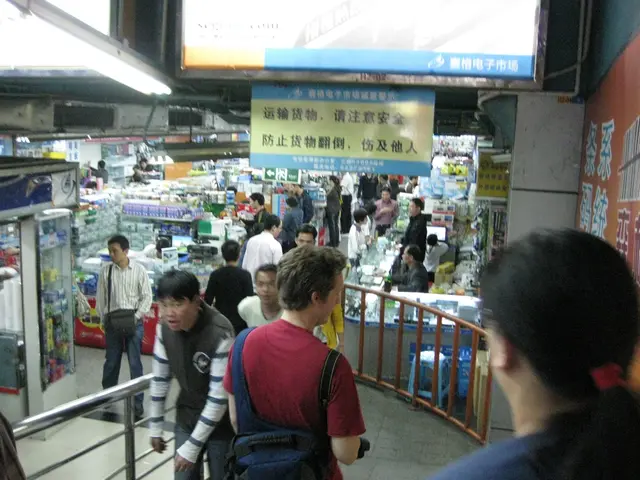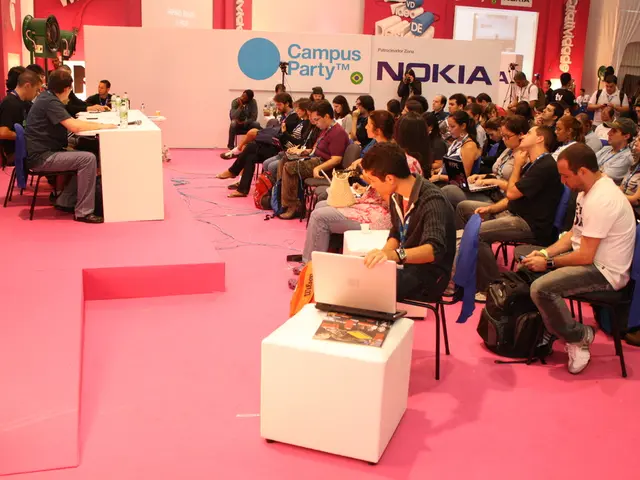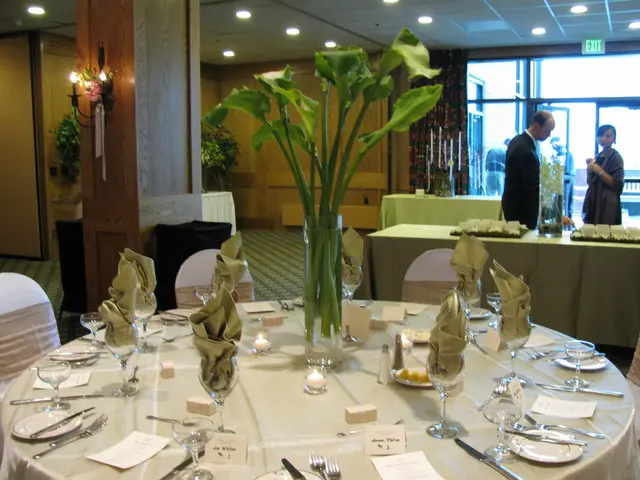Utilizing Applications for Integrating Augmented Reality in Educational Settings
In the ever-evolving world of technology, one innovation that is making waves is Augmented Reality (AR). This interactive technology is revolutionizing the way we learn and engage, making classrooms more engaging, inclusive, and effective.
Thyng 5.0, an AR tool, is leading the charge by allowing users to upload and add photos, videos, or 3D objects into an augmented world. This transforms the real world into a canvas for creating and sharing 3D AR experiences.
For those without Virtual Reality (VR) tools, the GPB Education AR/VR app offers a 360-degree tour option. This app, along with Google's Expeditions tool, provides virtual walkthroughs of places like South Africa and the Seven New Wonders of the World, offering a unique, immersive learning experience.
History lessons are also benefiting from AR. Students can be transported to virtual archaeological sites and 3D reconstructions of ruins and artifacts, providing a hands-on approach to learning. The Xplore-AR app from TimeLooper offers AR and virtual tours of historical sites, natural resources, and wildlife, further enhancing historical education.
Institutions and organizations are also jumping on the AR bandwagon. The Franklin Institute, UK's Talk Business, and Tech & Learning provide overviews of AR, while Christiani, a German company, creates AR/VR learning concepts for vocational education and training. The University of Würzburg developed the "PUMA: Spannungslabor" AR app for physics education, and the Digital Learning Hub in Zurich implements AR applications like Magicplan in school subjects.
The Educational Media Library NRW offers VR/AR resources for secondary schools in subjects like geography, while Georgia Public Broadcasting has created a GPB Education AR/VR app with resources for science, social studies, and geography, all with a focus on Georgia.
AR also finds its place in physical education and coaching. Dance Reality is an iOS app that uses AR technology to help users learn dance steps by displaying footprints on the floor. OnForm, an AR tool designed for track, field, and speed coaching, overlay biometric data onto videos of athletes to help analyze body angles.
For elementary students, Catchy Words, an AR app, allows for the manipulation of virtual letters to spell words. CoSpaces Edu, an AR development tool, allows for student and teacher creation of 3D objects that can be animated with code, explored in VR or AR. AssemblrEDU, another AR development tool for teachers, enables them to build and share lessons with students or more widely, including a range of lesson plan resources.
In addition, AR offers unique opportunities for interactive, experiential learning across numerous subjects. Fit for Battle is an AR app that transforms walks, runs, or treadmill exercises into role-playing games, making physical activity more engaging. In a science class, students can visualize and interact with 3D structures of molecules using AR apps.
As AR technology becomes more accessible and integrated into educational practices, it has the potential to revolutionize teaching and learning, making learning experiences more immersive, interactive, and enjoyable. With costs decreasing, it's an exciting time for the future of education.
Read also:
- Peptide YY (PYY): Exploring its Role in Appetite Suppression, Intestinal Health, and Cognitive Links
- House Infernos: Deadly Hazards Surpassing the Flames
- Aspergillosis: Recognizing Symptoms, Treatment Methods, and Knowing When Medical Attention is Required
- Biomarkers as potential indicators in guiding treatment for ulcerative colitis?



